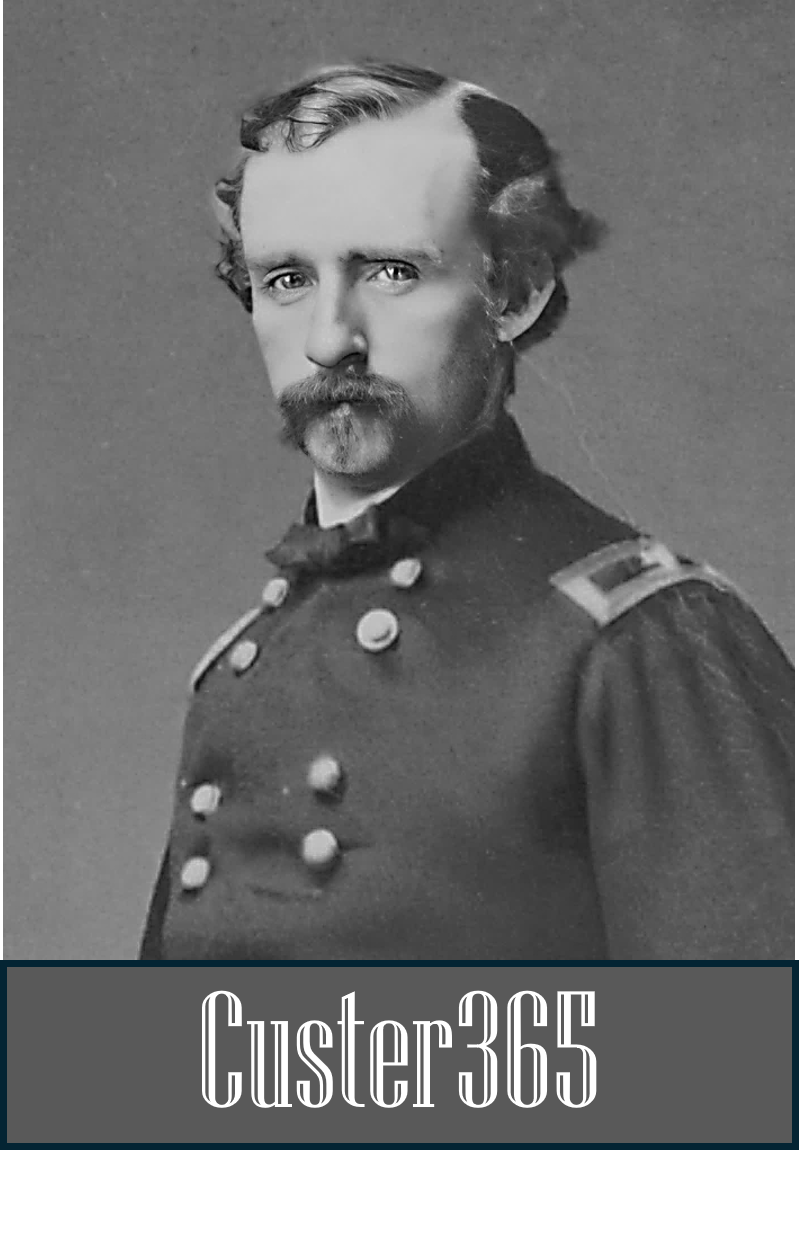JULY 29: Attention-Grabbing Cover Art
‘The New Alliance,’ by cartoonist Thomas Nast appeared on the cover of Harper’s Weekly on July 29, 1876.
On July 29, 1876, Harper’s Weekly publishes on its cover, little more than a month after the massacre at Battle of Little Bighorn, a Thomas Nast engraving entitled, “The New Alliance.” It depicts a southern gentleman shaking hands with an “Indian Warrior with a bloody club” in his hand. They stand under a placard on a wall that reads, “Democratic Revolutionary House” and a sign next to the men reads: “A Wholesale Slaughter By The Sioux of Our Solders… The Number of Killed at 300 and the Wounded at 31… The Indians Will REDUCE OUR SKELETON ARMY STILL MORE.”
The sub-headline to “The New Alliance” reads: “We stand here for Retrenchment, and Reducing the Army of the United States.”
For some context, the Democratic-controlled House of Representatives had already refused to appropriate money to pay the Army in 1876. This was part of a larger trend of military reductions after the Civil War. The size of the Army had been steadily dropping in prior years, from 39,000 men in 1869 to 25,000 in 1874.
The Democratic House's refusal to fund the Army in 1876 was tied to the ongoing debate surrounding Reconstruction. Democrats opposed the use of federal troops to protect Republican state governments in the South. Reconstruction did not end until the Compromise of 1877, when federal troops withdrew from the South.
Inside the July 29, 1876 issue of Harper’s was a three-page story, “Sitting Bull – Autobiography of the Famous Sioux Chief; Edited by Porte Crayon.” It included 15 illustrations.
Thomas Nast. (Credit: Library of Congress)
Harper’s Weekly, the “Journal of Civilization”, was an American political magazine published in New York from 1857-1916. By 1861, it had a circulation of 120,000 and was one of the leading magazines of the Civil War period. Harper’s supported president Abraham Lincoln, preservation of the Union, and the Republican Party, perspectives that cartoonist and caricaturist Thomas Nast (1840-1902) also held strongly.



